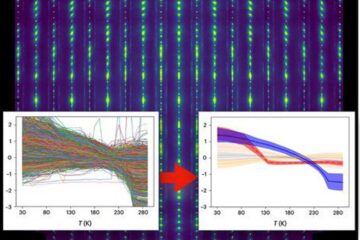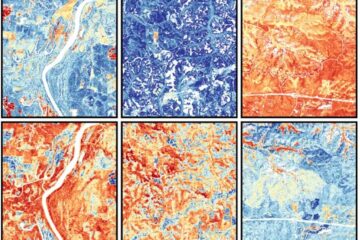BUSM researchers identify key regulator of inflammatory response

The study, which was led by Valentina Perissi, PhD, assistant professor of biochemistry at BUSM, was done in collaboration with the Howard Hughes Medical Institute (HHMI) at the University of California, San Diego. The results are published online and will be in the April 13 print issue of Molecular Cell.
Cells respond to inflammation by producing cytokines, which are cellular signaling protein molecules that allow for intercellular communication. Cytokines, such as TNF-alpha for example, bind to specific receptors on cellular membranes, activating an intracellular signaling process.
In this study, researchers looked at a gene called GPS2, which was previously known to regulate gene expression in the nucleus. This study found that GPS2 plays a critical role at the cellular membrane level to negatively regulate the signaling cascade activated by TNF-alpha. As a result, they observed that increasing GPS2 levels was sufficient to impair the response to TNF-alpha, resulting in a decreased inflammatory response.
Given this information, the researchers then examined whether having more GPS2 in fat tissue would help reduce the development of insulin resistance in conjunction with obesity. The results were promising as insulin signaling in the fat tissue was greatly improved. However, overexpression of GPS2 in the nucleus also had a negative effect on liver function.
“Our study demonstrates that GPS2 plays an important regulatory function in mitigating inflammation,” said Perissi, who served as the study's senior author. “These findings have uncovered a potential new target for therapeutic treatments against diseases such as type 2 diabetes and metabolic syndrome, but more research needs to be done to better understand how GPS2 is regulated and whether we can specifically target its anti-inflammatory role.”
Funding for this study was provided by HHMI, National Institute of Diabetes and Digestive and Kidney Diseases (NIDDK) and the Susan G. Komen Foundation.
Media Contact
More Information:
http://www.bmc.orgAll latest news from the category: Life Sciences and Chemistry
Articles and reports from the Life Sciences and chemistry area deal with applied and basic research into modern biology, chemistry and human medicine.
Valuable information can be found on a range of life sciences fields including bacteriology, biochemistry, bionics, bioinformatics, biophysics, biotechnology, genetics, geobotany, human biology, marine biology, microbiology, molecular biology, cellular biology, zoology, bioinorganic chemistry, microchemistry and environmental chemistry.
Newest articles

Machine learning algorithm reveals long-theorized glass phase in crystal
Scientists have found evidence of an elusive, glassy phase of matter that emerges when a crystal’s perfect internal pattern is disrupted. X-ray technology and machine learning converge to shed light…

Mapping plant functional diversity from space
HKU ecologists revolutionize ecosystem monitoring with novel field-satellite integration. An international team of researchers, led by Professor Jin WU from the School of Biological Sciences at The University of Hong…

Inverters with constant full load capability
…enable an increase in the performance of electric drives. Overheating components significantly limit the performance of drivetrains in electric vehicles. Inverters in particular are subject to a high thermal load,…





















